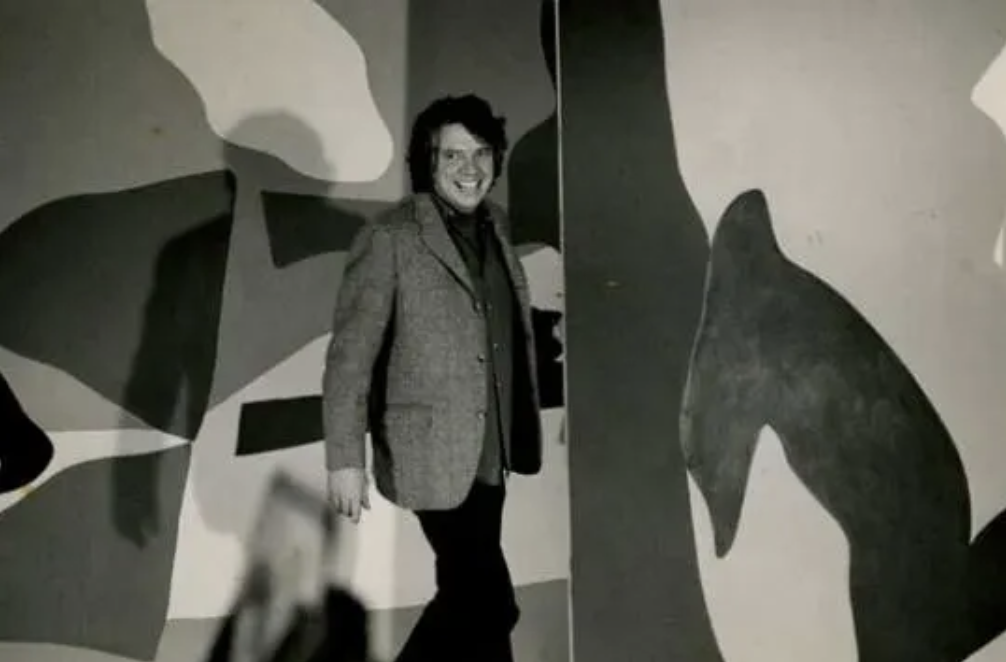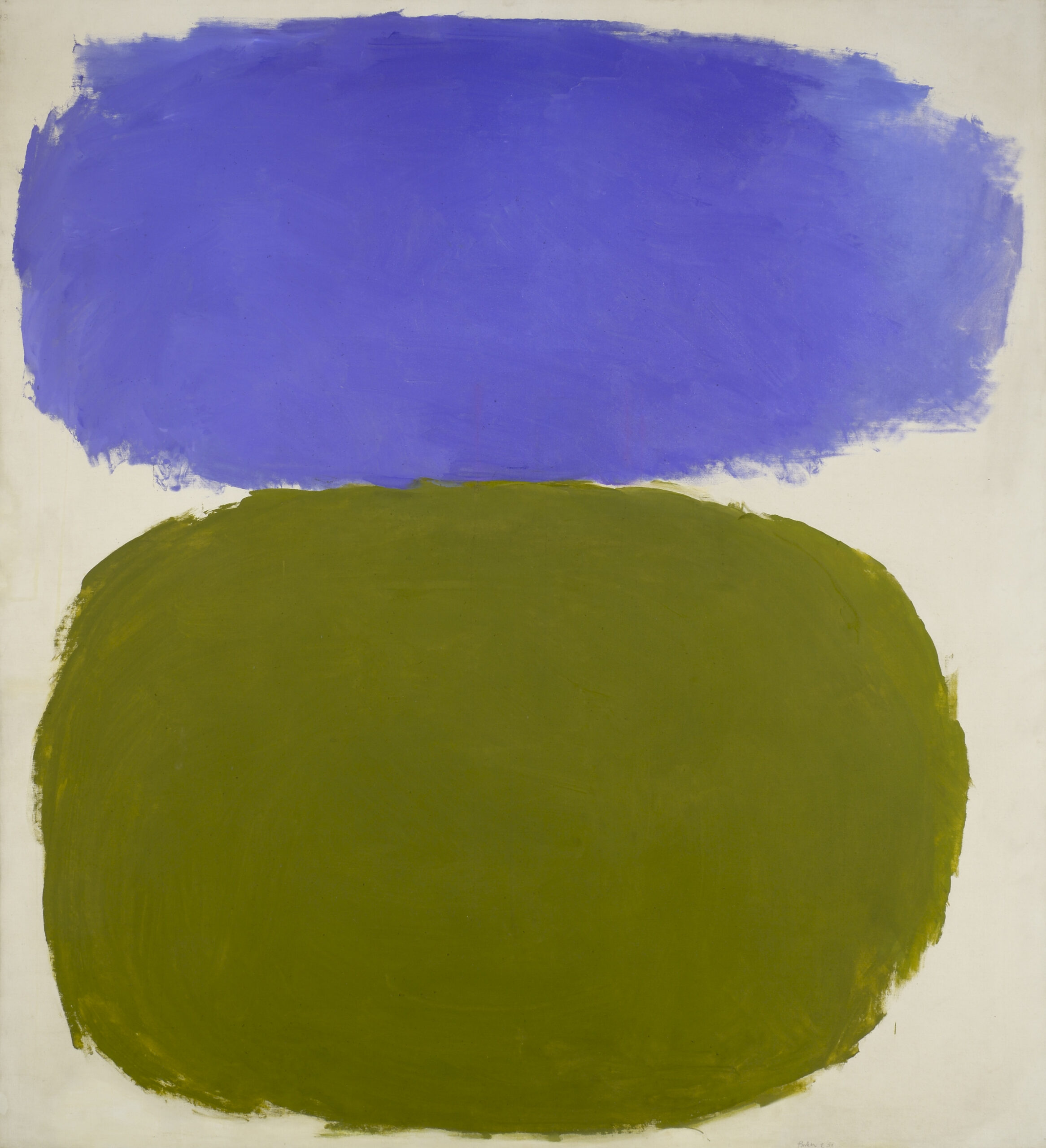Color is not just decoration; it’s the essence of the painting, a way to evoke emotion without words.
— Ray Parker
Color is not just decoration; it’s the essence of the painting, a way to evoke emotion without words.
— Ray Parker
Biography
Ray Parker (1922-1990) was an Abstract Expressionist, also known for his Color Field and Lyrical-Abstractionist paintings. He was an influential figure of the Post-Painterly Abstraction movement coined by Clement Greenberg.
Ray Parker was born in 1922 in South Dakota. After completing his Master of Fine Arts at the State University of Iowa, he moved to New York City in 1951. In 1955, he became a Professor of Art at Hunter College.
Throughout the 1950s he was included in a number of important group exhibitions organized by major museums, such as the Metropolitan Museum of Art, the Museum of Modern Art, and the Whitney Museum of American Art. During these years he was represented by the Kootz Gallery, at the time one of the leading galleries of New York.
Ray Parker’s work is present in many important private and museum collections including the Whitney Museum of American Art, the Museum of Modern Art, the Solomon R. Guggenheim Museum, and the Museum of Fine Arts of Houston.
[1] Hutton, John, Dialogue: Conversations with Ray Parker and Doug Ohlson, Arts Magazine April 1984

